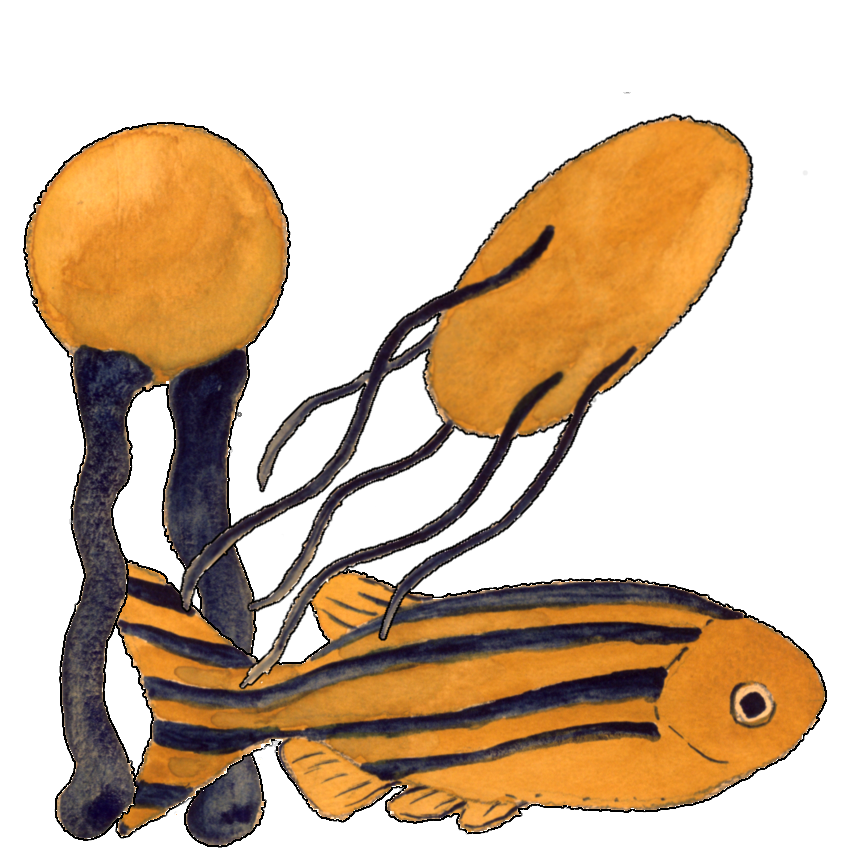


We invite inquiries for a postdoctoral fellow or research associate position focused on applying advanced imaging and analysis techniques to understanding the biophysical dynamics of gut microbial communities. The position would be based in the Parthasarathy lab [1] at the University of Oregon and associated with its Microbial Ecology and Theory of Animals (META) Center [2] and a recently awarded five-year Program Project grant from the National Institutes of Health.
Every animal is associated with a diverse community of microbes. Though it is now well appreciated that these microbes contribute significantly to their hosts' functions, the mechanisms underlying these interactions remain unclear. The biophysical characteristics of gut microbial communities are especially fascinating, as processes of growth, aggregation, motility, and spatial organization must be important for multi-species coexistence and competition, but are notoriously difficult to investigate. Our lab applies light sheet fluorescence microscopy to larval zebrafish, a model vertebrate, to gain insights into gut microbial dynamics, obtaining the only large-scale, high-resolution views of intestinal microbes in any vertebrate to date, and revealing connections between community structure, population dynamics, and disease [e.g. 3-5].
The new researcher will build on local expertise in light sheet fluorescence microscopy and associated instrumentation, and will design and implement experiments focused both on the internal dynamics of zebrafish gut microbial communities, and on the biophysics of transmission of symbiotic microbes between hosts. He/she will interact with a vibrant, creative, friendly, and highly interdisciplinary community of local research groups, with opportunities for co-mentoring by faculty in Physics, Molecular Biology, Ecology and Evolution, and Neuroscience. He/she will also be encouraged to develop his/her own research projects.
Potential candidates must have a Ph.D. from a relevant discipline such as physics, biophysics, or bioengineering. Expertise in at least one of the following is strongly preferred: microscopy, microbiology, instrument design and construction, instrument control, optics, biological imaging, and image analysis. We welcome researchers interested in leveraging their background in one field to move into a new one. The start date is flexible, but preference will be given to researchers who can begin in early- to mid-2019.
The University of Oregon is located in Eugene, Oregon, an area noted for its quality of life and natural beauty. Eugene is about two hours' drive from Portland, and an hour's drive from the Pacific Ocean and the Cascade Mountains.
For more information about this prospective position, including how to apply, please email Raghuveer Parthasarathy (raghu@uoregon.edu) and include (1) a cover letter explaining your background and career interests (2) a CV, and (3) names and contact information of three references. The position will remain open until filled. Women and members of groups underrepresented in science are encouraged to apply. The University of Oregon is an EO/AA/ADA institution committed to cultural diversity.
[1] Parthasarathy Lab: https://pages.uoregon.edu/raghu/
[2] META: http://meta.uoregon.edu/
[3] T. J. Wiles, M. Jemielita, et al., PLOS Biol. 14, e1002517 (2016). [Link]
[4] S. L. Logan et al., Proc. Natl. Acad. Sci. 115, E3779–E3787 (2018). [Link]
[5] B. H. Schlomann, et al., Biophysical Journal (in press); preprint: bioRxiv, 392316 (2018). [Link]